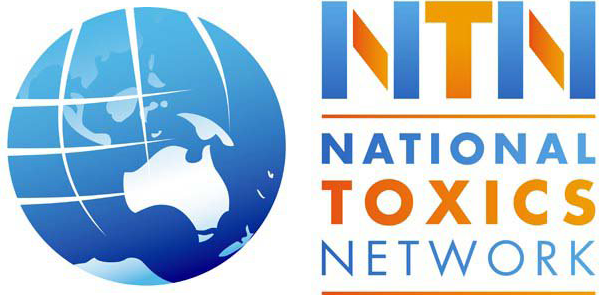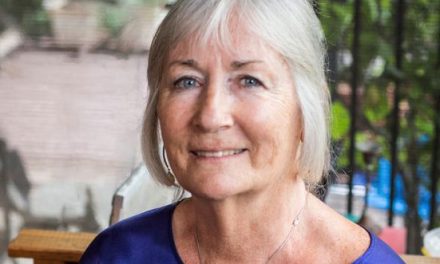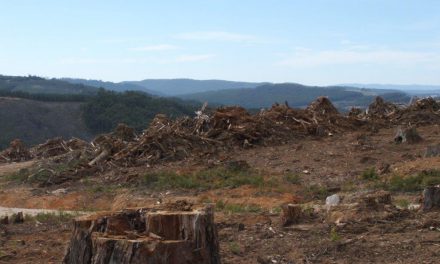The unique vulnerability of children to hazardous chemicals is well recognised by the World Health Organisation (WHO), the United Nations’ Children’s Fund (UNICEF) and its Environment Program (UNEP).(1)
Research from the University of California (2) has shown that newborn children can be up to 164 times more vulnerable than adults to the commonly used organophosphate pesticide, chlorpyrifos and up to 65 times more sensitive to diazinon for instance.
Children are not simply ‘little adults’. Their bodies are still developing and their detoxification systems are immature.
They react to hazardous chemicals differently from adults.(3) They are also more at risk because they have a higher respiration and metabolic rate than adults, they eat and drink more per bodyweight, they live life closer to the ground, crawling, digging in dirt and putting objects in their mouths.
In the debate about the level of risk to children, there is a strong focus on the regulatory decisions about how much dirt a child eats per day (‘pica event’). Australia assumes 100 milligrams per day while the U.S. Environmental Protection Agency (US EPA) factors in the much larger soil ingestion of up to 5 grams. Being unaware of chemical risks, children are less able to protect themselves from exposures and the higher skin absorption rate may also result in a proportionally greater exposure.
A child’s detoxification systems and ability to excrete toxins also differs from adults. While at times this can offer greater protection it can also increase vulnerability, for example where a metabolite is more toxic than the original contaminant. Should the enzyme systems responsible for detoxification be damaged early in life, the result can be a lifetime of disabling chronic illness. The timing of chemical exposures is also significant. Recent research has shown that babies and children experience particular “windows of susceptibility” (4) in their development. If exposures occur during critical times, it may contribute to health problems much later in life; for example, exposure to dioxin in utero can produce disabilities in neurological function and learning ability well into childhood.(5)
Early exposure to other endocrine disruptors can affect an individual’s immune function or ability to reproduce. The US Centers for Disease Control and Prevention has reported an increase in the percentage of severe cases of hypospadias.(6) One causal factor being investigated is hormone disruption (in the form of reduced testosterone) caused by synthetic endocrine disrupting chemicals, at a critical time in the foetus’s development. Studies also suggest that early exposure to carcinogens can increase the risk of developing cancer later in life.(7)
The EU has launched a new 5 year 15 million euro research project to investigate exposure to chemicals in food and the environment and their connection with childhood cancer and immune disorders.(8) The study will examine maternal exposure during pregnancy to carcinogenic and immunotoxic chemicals and their effect on young children after they are born.
Read more
Health effects of chemical exposures
Are Australian children at risk?
Legislating to protect children
References
1) UNEP, UNICEF & WHO, 2002 Children in the New Millennium: Environmental Impact on Health, Available at www.unep.org, www.unicef.org and www.who.int; Also see Chemical Safety and Children’s Health Protecting the world’s children from harmful chemical exposures: a global guide to resources, Prepared by the Intergovernmental Forum on Chemical Safety (IFCS) Children and Chemical Safety Working Group October 2005
2) Furlong, Clement E., Nina Holland, Rebecca J. Richter, Asa Bradman, Alan Ho and Brenda Eskenazi. 2006. “PON1 status of farmworker mothers and children as a predictor of organophosphate sensitivity,” Pharmacogenetics and Genomics 16:183-190.
3) Landrigan, P J et al. 1998. Children’s health and the environment: A new agenda for prevention research. Environmental Health Perspectives 106, Supplement 3:787-794.
4) Stephen S. Olin and Babasaheb R. Sonawane, Workshop to Develop a Framework for Assessing Risks to Children from Exposure to Environmental Agents, September 2003, Environmental Health Perspectives Vol.111/12 pp1524-1526
5) See Pluim, H.J., Koppe, J.G., Olie, K., van der Slikke, J.W., Slot, P.C., & van Boxtel, C., ‘Clinical laboratory manifestations of exposure to background levels of dioxins in the perinatal period,’ (1994) Vol. 83 Acta Paediatrica pp 583-587. Also see OIlsen A., Briët J.M., Koppe J.G., Pluim H.J., Oosting J.,’Signs of enhanced neuromotor maturation in children due to perinatal load with background levels of dioxins’, (1996) Vol.33, No 7 Chemosfere pp1317-1326. Also see Weisglas-Kuperus, N., Sas, T.C.J., Koopman-Esseboom, C., Vanderzwan, C.W., Deridder, M.A.J., Beishuizen, A., Hooijkaas, H.& Sauer, P.J.J. ‘Immunologic effects of background prenatal and postnatal exposure to dioxins and polychlorinated biphenyls in Dutch infants’, (1995) Vol.38 (3) Pediatric Research pp 404-410
6) Press Release Nov. 6, 1997 Centre for Disease Control and Prevention , “Hypospadias Trends in Two US Survelliance Systems”
7) Hugh A. Barton, V. James Cogliano, Lynn Flowers, Larry Valcovic, R. Woodrow Setzer, and Tracey J. Woodruff, Assessing Susceptibility from Early-Life Exposure to Carcinogens Environ Health Perspect. 2005 September; 13(9): 1125–1133.
![]() Press Release, EU research to look into chemical exposure of babies, Euractiv, February 24, 2006 Available at http://www.euractiv.com
Press Release, EU research to look into chemical exposure of babies, Euractiv, February 24, 2006 Available at http://www.euractiv.com



